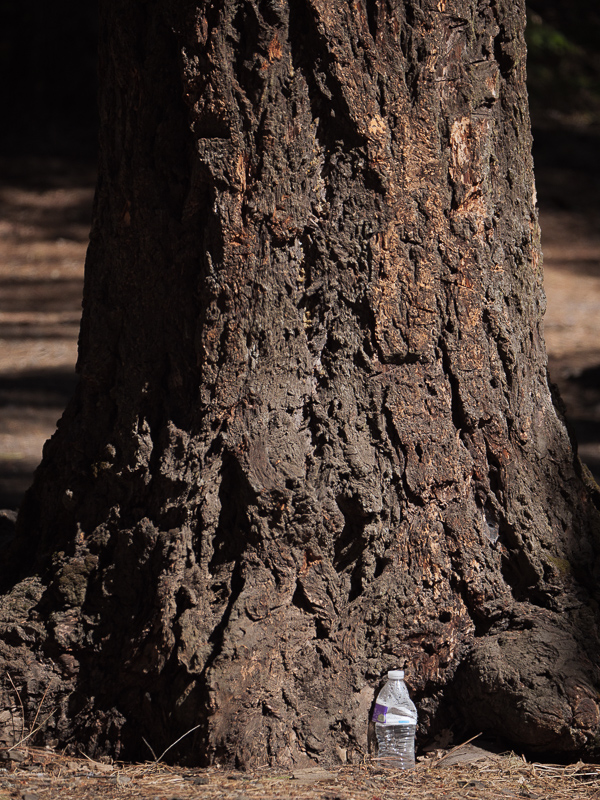Every Picture Is a Compromise
Lessons from the Also-rans
Most photography websites show the photographer's very best work. Wonderful. But that's not the full story of a creative life. If we want to learn, we'd better pay attention to the images that aren't "greatest hits" and see what lessons they have to offer. Every picture is a compromise — the sum of its parts, optical, technical, visual, emotional, and even cosmic – well, maybe not cosmic, but sometimes spiritual. Success on all fronts is rare. It's ok to learn from those that are not our best.
This is a series about my also-rans, some of which I've been able to improve at bit (i.e., "best effort"), none of which I would consider my best. With each there are lessons worth sharing, so I will.
Original digital captureWhat I saw that I liked:I love photographs of pristine Nature. Who doesn't? What I don't like in the picture:It bothers me just a bit that the above simple image is a lie. What I learned:The scene I found is represented by the image at the left. So lovely for someone to have left a water bottle at the base of this tree. Obviously, I removed it (digitally, with Generative Fill) in the image above — hence, it's a lie. We do this all the time in photography, especially in landscape photography. We make image of the world as we would like to see it, not as it is. Is this crossing a boundary line somehow? I don't know. Painters and other artists leave out things they don't want in their artwork. Why can't we? Or maybe I should say, Why can't we edit out the occasional bit of litter to show a pristine Nature, even though it isn't? I wouldn't want the image at left — truthful though it may be — hanging above my fireplace. Well, I would want either of these, but they do illustrate a question we all have to answer for ourselves and our artwork. |


